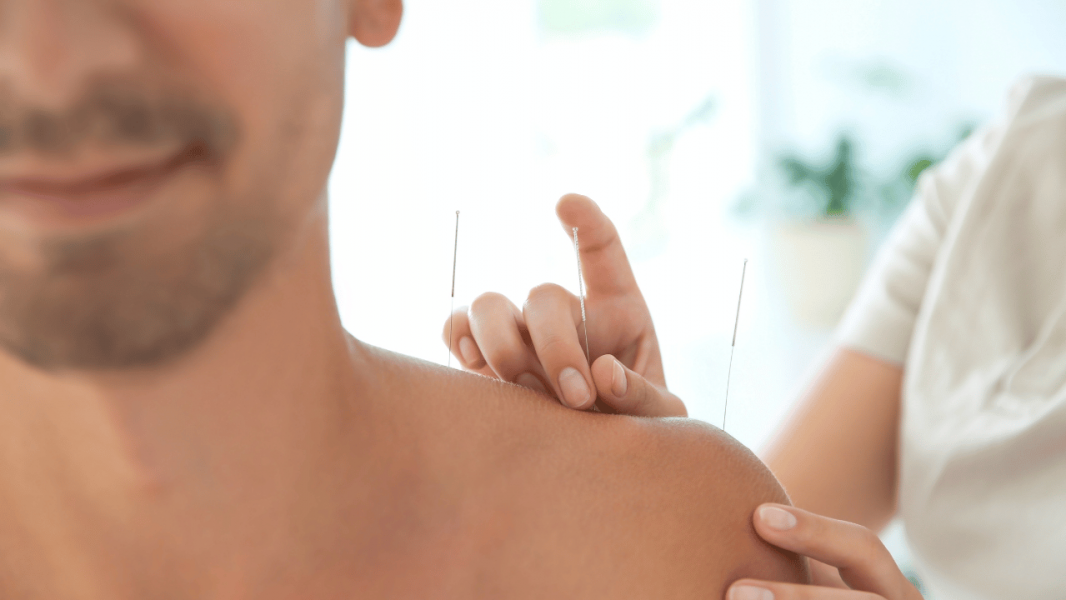At first glance, dry needling and acupuncture appear pretty similar. For instance, dry needling and acupuncture rely on similar tools, like slim needles. Both therapies also seem somewhat unconventional but have support from medical research studies and are often suggested by healthcare professionals as a component of a treatment plan for some of the same health concerns. Thus, many people assume the two terms refer to the same practice.
These two therapies might look the same on the surface, but dry needling and acupuncture employ different methods to achieve their goals. Look more closely at these techniques to understand the similarities and differences. Most importantly, explore how these remedies work to determine which one might benefit you the most.
What is Dry Needling?
Certified physical therapists often perform this procedure. The therapists use an extremely fine needle that penetrates the skin to reach muscular trigger points. A trigger point refers to a contracted or tight band within muscle fibers that may cause pain or disrupt function. Physical therapists generally use dry needling as part of an overall treatment plan that may involve other physical therapy procedures and medical intervention.
What Are the Benefits of Dry Needling?
The Mayo Clinic praised dry needling because of the safety, minimal discomfort, and effectiveness of the technique. Dry needling may help relieve muscular movement impairments and pain because the stimulation loosens tight muscles and stimulates blood flow. Studies have demonstrated the effectiveness and safety of this technique, though some insurers may not pay for it.
What is Acupuncture?
Acupuncture first appeared in Asia centuries ago. Acupuncture refers to an integrative medical system that relies on pricking the skin or tissues with fine needles. Acupuncture practitioners use this therapy to relieve pain and treat various physical and emotional conditions. Licensed acupuncturists must take classes, practice under the supervision of experienced practitioners, and pass boards to get certified.
What Are the Benefits of Acupuncture?
According to Johns Hopkins, this therapy may work by stimulating the central nervous system to release chemicals that can promote pain relief and support healing. Studies have demonstrated the effectiveness of acupuncture for various conditions, including headaches, sore muscles, medicine-induced nausea, arthritis, menstrual cramps, tennis elbow, and even depression. Most people feel no or little discomfort from the procedure. As practiced under the supervision of licensed acupuncture therapists, many doctors and medical associations accept it as a type of medical therapy, and some insurers pay for it.
Compare Dry Needling Vs. Acupuncture to Find the Best Remedy
Acupuncture and dry needling sometimes treat the same issues. How can people decide which one of these treatments will prove the most effective for a specific problem? Prospective patients should first understand that dry needling and acupuncture differ because of their origins and goals. For instance:
- In the ancient world, practitioners said acupuncture helped align a patient’s energy field, called the chi. In modern times, doctors believe this therapy helps the body release endorphins that may relieve pain, help patients relax, improve mood, and promote healing.
- In contrast, dry needling originated about 40 years ago after a Czech doctor named Karel Lewit conducted a study on the topic. This therapy works to relieve tension in muscles and improve blood flow. At first, doctors proposed injections into the muscles, but Dr. Lewit enjoyed positive results without injecting any medicine. That’s how the practice got the name of dry needling.
Typically, licensed acupuncture therapists perform acupuncture, and specially trained physical therapists may offer dry needling. These two types of therapy use extremely thin needles and should not cause much discomfort, though some people experience minor soreness and bruising afterwards. They both might also help relieve typical muscle pain or tightness. Some practitioners earn certifications in both of these therapies. Even though the techniques differ somewhat, they rely upon related disciplines.
Interestingly, scientists have conducted more studies to support acupuncture as therapy than dry needling. Acupuncture existed centuries before dry needling. Also, more people know about acupuncture than dry needling. The more extended and widespread history of acupuncture might explain why acupuncture has attracted more attention from researchers.
In any case, either of these healing practices will generally produce the best results after a medical diagnosis and doctor’s approval and in coordination with other therapies. Thus, it’s best to consult a doctor first, ask the medical professional about these treatment options for specific ailments, and then find qualified practitioners.
Explore Healing Options at Fermata Integrated Health
Fermata Integrated Health in Kelowna specializes in treating and managing chronic health issues. Contact the health practitioners at the clinic today to discuss your health concerns and find out how they can help.

